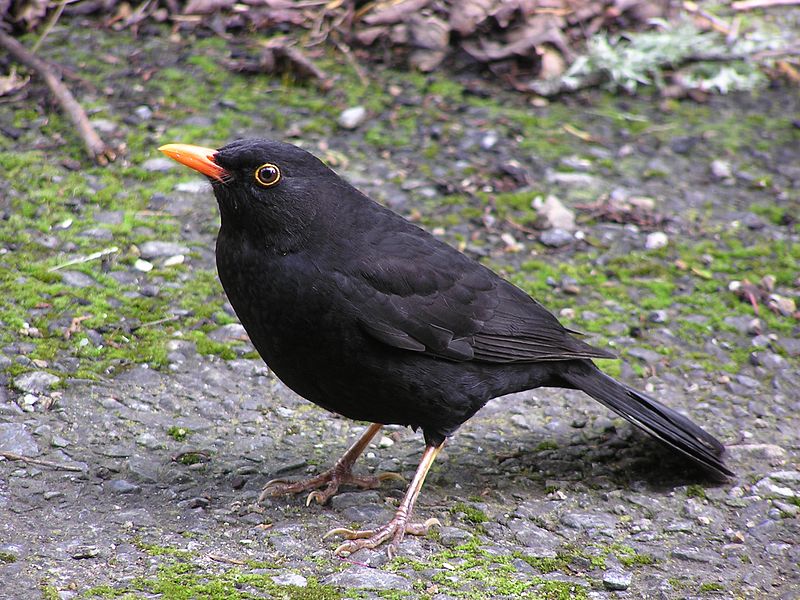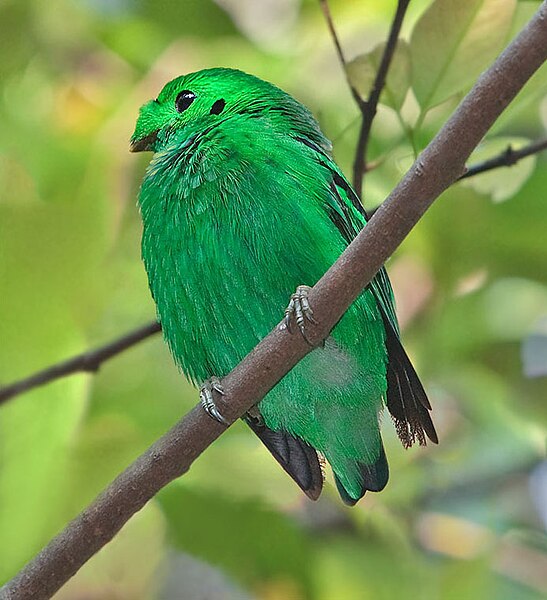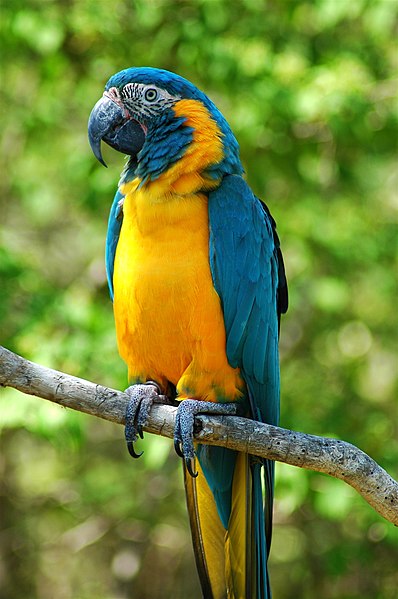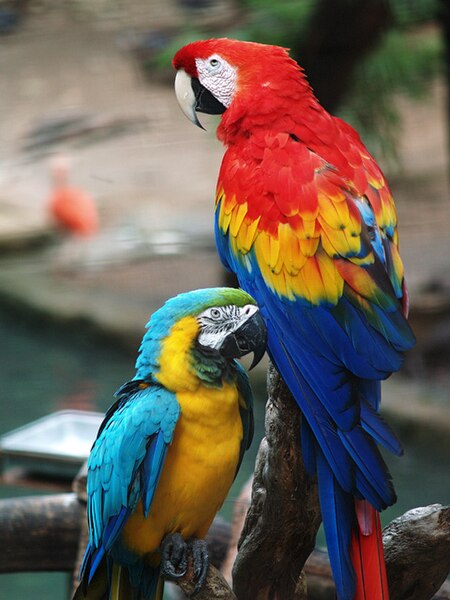 The USA’s native birds are protected by law, and may only be kept in captivity by licensed rehabilitators (European Starlings, may be kept in some states, please see article linked below). However, folks who wish to keep “wild” birds do have another options. Several European species may be legally kept as pets, provided they have been captive-bred. One of my favorites is the beautiful European Blackbird, Turdus merula.
The USA’s native birds are protected by law, and may only be kept in captivity by licensed rehabilitators (European Starlings, may be kept in some states, please see article linked below). However, folks who wish to keep “wild” birds do have another options. Several European species may be legally kept as pets, provided they have been captive-bred. One of my favorites is the beautiful European Blackbird, Turdus merula.
Natural History
With his jet black plumage and bright yellow bill and eye-ring, the male European Blackbird is quite striking. Females, clad in dark brown, have their own subdued beauty. White-splotched individuals appear regularly (please see photo), and albinos have been selectively bred in captivity.
The European Blackbird’s huge range extends from the UK east and southeast to northern Iran and China. Several subspecies have been described, and introduced populations are established in Australia and New Zealand. Read More »
 That Bird Blog – Bird Care and History for Pet Birds
That Bird Blog – Bird Care and History for Pet Birds



